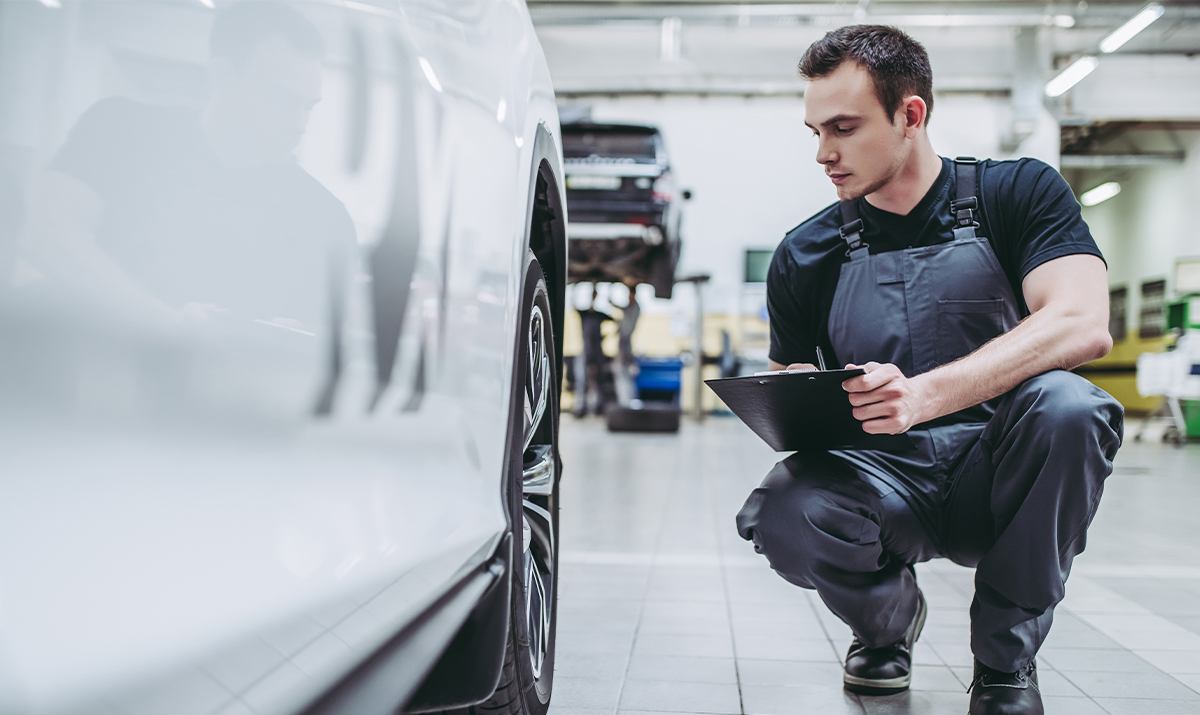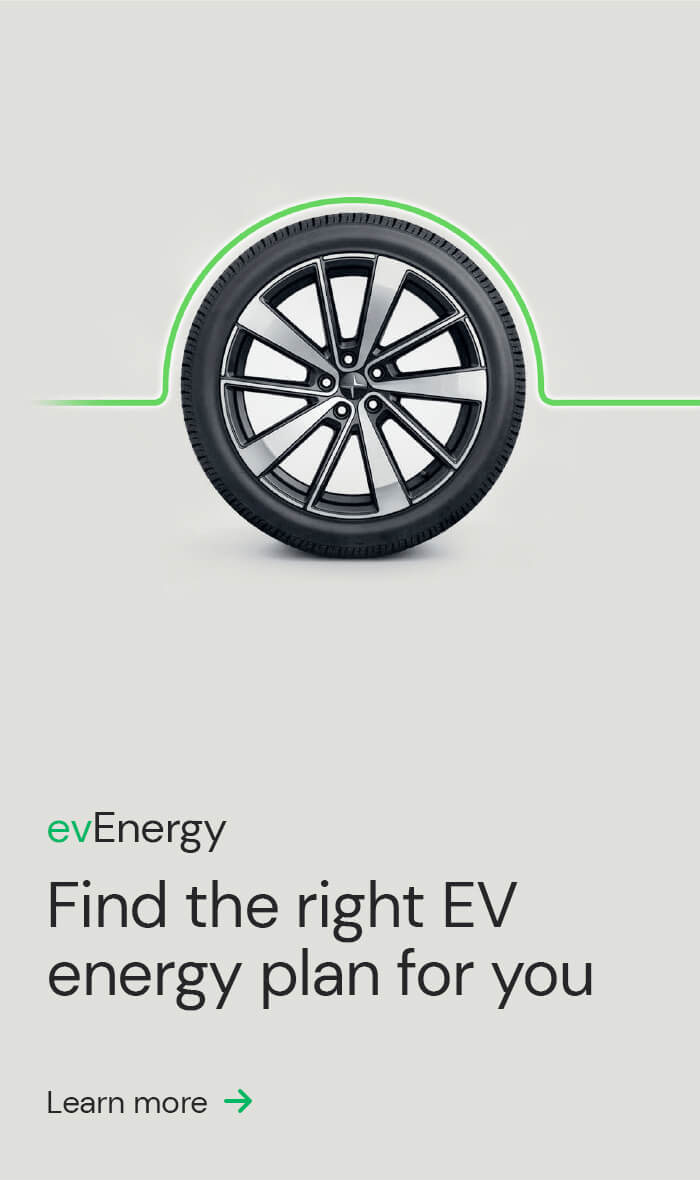Like petrol and diesel cars, electric vehicles need regular care and maintenance to keep them road-ready. Yet, since they have an entirely different operating system, you may be wondering about the unique servicing requirements that come with owning an EV.
With proper knowledge and proactive maintenance, you can ensure your EV runs smoothly, efficiently and safely for years. Here we cover everything you need to know about servicing your electric vehicle, from battery to brakes, and offer some handy servicing hints.
How often should I get my EV serviced?
Electric vehicles have fewer moving parts than internal combustion engine vehicles, so pleasingly, this means they’re more reliable and cheaper to maintain. Indeed, according to Climate Choices, this could represent a cost saving of $500 – $1,000 per year over the life of the vehicle.
That said, EVs do require servicing at regular intervals.
Typically, a service will occur every 12 months or around 15,000km, depending on what each manufacturer recommends. It’s advisable to check your manual for full details or consult your trusted service dealership for advice. Some EVs, like Tesla, have a condition-based servicing scheme and your car will notify you when its sensors detect it’s time for a service via the Tesla mobile app.
In terms of servicing costs, if your EV is under warranty, your manufacturer may service it free of charge or at agreed rates over five years. Alternatively, you could take it to an independent service centre and request a quote based on your make and model.
What will my EV service cover?
During a routine EV service, technicians will assess your EV battery’s capacity, voltage and overall condition to ensure it operates optimally. The onboard charger and charging cables will be inspected for any damage or issues. Connections are checked, then any necessary repairs or replacements are made.
The electric motor components are inspected for any unusual noises, vibrations or signs of wear, while the battery and motor cooling systems are checked for leaks, blockages or any malfunctions that could impact their performance. Although EVs don’t have engine oil, brake fluid and coolant fluid will be topped up as needed.
EVs use regenerative braking, which puts less strain on traditional friction brakes. However, the brakes still need regular checks for wear and tear, so technicians will inspect the brake pads and rotors.
Like any other car, the tyres, HVAC system, steering and suspension will also be checked during a service. Before getting your EV serviced, check with your provider about exactly what they’ll cover.
Essential tips for smooth EV servicing
Keep a record of all service and maintenance activities, including dates, mileage and service provider details. Documentation can be super valuable for warranty claims and resale.
Don’t ignore any issues that occur with your EV outside of your regular servicing intervals. Quick identification and resolution of issues can prevent pesky costly repairs later.
Keep your EV’s software up to date. Manufacturers often release updates to improve performance, safety and efficiency. Check with your dealership or use over-the-air updates if available.
Understand the expected lifespan of your EV’s battery is around 10 -20 years.
Be mindful that your driving habits can impact the wear and tear on your EV. Drive efficiently to maximise range and minimise brake wear through regenerative braking. Aim to keep your battery charged between 20% – 80% and avoid deep discharges to improve longevity. You can learn more about how to maximise your EV range here.
Summary
- On average, EVs should be routinely serviced every 12 months or at around 15,000km, however check with your manufacturer for full details.
- If your EV is under warranty, your manufacturer may service it free of charge or at agreed rates over five years.
- During a routine EV service technicians will assess the battery performance, charging system, motor, cooling system, HVAC system, tyres, steering, suspension and brakes. Fluid changes may be conducted as well.
- Keep a record of your service history, be proactive about fixing any issues outside your service schedule, keep EV software up to date and practice careful driving habits to maximise your EV’s lifespan.
Are you considering making the switch to an electric vehicle? ActewAGL can help you effortlessly find, finance and charge your EV. Discover how ActewAGL can support your transition to sustainable driving today. Find out more here.



